Electrical Engineering
Broadening horizons for people with quadriplegia
An assistive technology uses magnetic skin to support freedom of movement for people with quadriplegia.
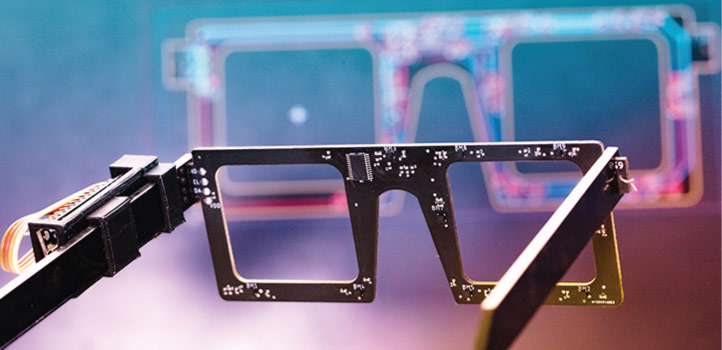
KAUST researchers are developing assistive technology that uses magnetic skin to support freedom of movement for people with quadriplegia. © 2021 KAUST; Anastasia Serin. /en/article/1075/broadening-horizons-for-people-with-quadriplegia
KAUST researchers are developing assistive technology that uses magnetic skin to support freedom of movement for people with quadriplegia. © 2021 KAUST; Anastasia Serin. /en/article/1075/broadening-horizons-for-people-with-quadriplegia
A system that uses flexible, breathable magnetic skin allows people with severe quadriplegia to move around and choose their surroundings. Developed by KAUST researchers, the high-tech system relies on the user’s facial expressions to accomplish a wide variety of tasks, from moving down the street to using an elevator.
There are a wide variety of assistive technologies for people with quadriplegia, but most systems are not suitable for patients with severe quadriplegia as they often rely on head or neck movements to work. For these patients, the options are limited to camera, tongue control, voice-assistant and neural detector systems. But these either offer a limited range of gestures or are not compatible with outdoor applications. Some also require invasive attachments or continuous attention while using the system.

Sensors in the smart glasses detect facial movements through the flexible and breathable magnetic skin, which are converted to electrical signals that are transmitted to the wheelchair.
© 2021 KAUST; Anastasia Serin
“Most existing technologies don’t give people a lot of freedom,” says Abdullah Almansouri, a Ph.D. student in KAUST. “We wanted to develop a solution that works inside the house as well as outdoors, allowing them to move around independently.”
The new integrated system includes magnetic skins, smart glasses, a smart wheelchair and smart gadgets that rely on wireless Bluetooth and infrared communication.
The three magnetic skins are placed between the eyebrows and on each side of the nose to track facial movements, such as moving the eyebrows up and down and the nose left and right. These movements are detected by magnetic field sensors in the smart glasses and are converted into electrical signals that are transmitted to the head unit of the wheelchair.

Khaled Salama (left) and his student Abdullah Almansouri (right) are using advanced sensor technology and machine learning to develop technologies that have major potential uses across several applications.
© 2021 KAUST; Anastasia Serin
This unit processes these signals into wheelchair or smart gadget commands, such as turning the lights on or clicking the mouse on a computer. The system currently supports 13 distinct facial gestures.
“We were aiming for something easy and accessible but also that couldn’t be easily triggered by accident,” says Almansouri. “The system itself handles the complexity, so the user is only wearing the glasses and magnetic skin to control their surroundings.”
With his team, Almansouri tested the system on three able-bodied users with a high success rate. The participants took less than 15 minutes to learn how to use the system without assistance, with a worst-case success rate of 93 percent.
“The synergetic combination of advanced sensor technology and machine learning will definitely improve quality of life,” says Khaled Salama, professor of electrical and computer engineering at KAUST’s Advanced Membranes and Porous Materials Center. “This combination has the potential to be a game-changer in so many applications.”
References
- Almansouri, A.S., Upadhyaya, L, Nunes, S.P., Salama, K.N., Kosel, J. An assistive magnetic skin system: Enabling technology for quadriplegics. Advanced Engineering Materials, advance online publication, 15 October 2020.| article
You might also like
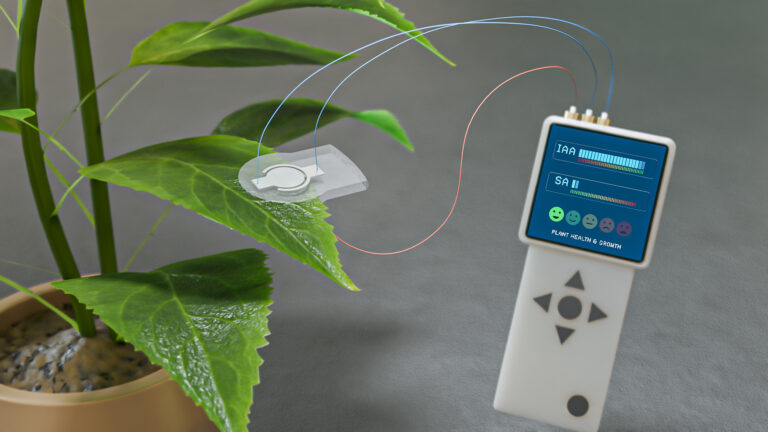
Bioengineering
Sensing stress to keep plants safe

Computer Science
Sweat-sniffing sensor could make workouts smarter
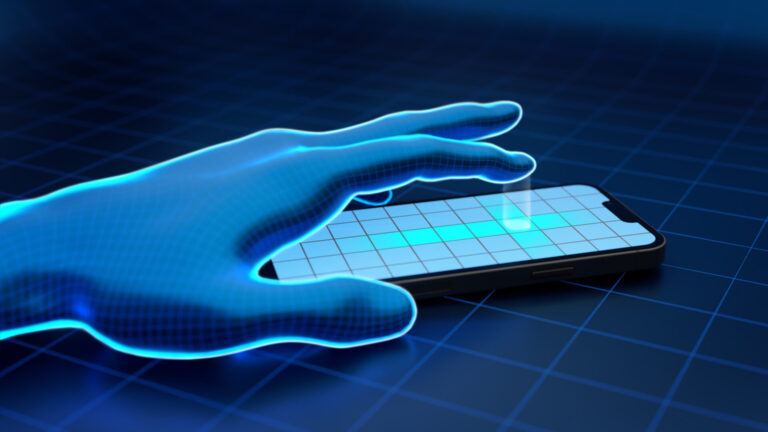
Electrical Engineering
New tech detects dehydration by touching a screen
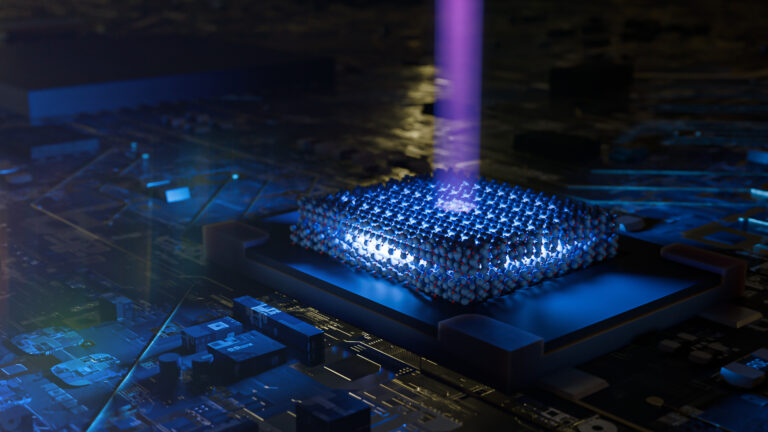
Electrical Engineering
A new interface for efficient electronics
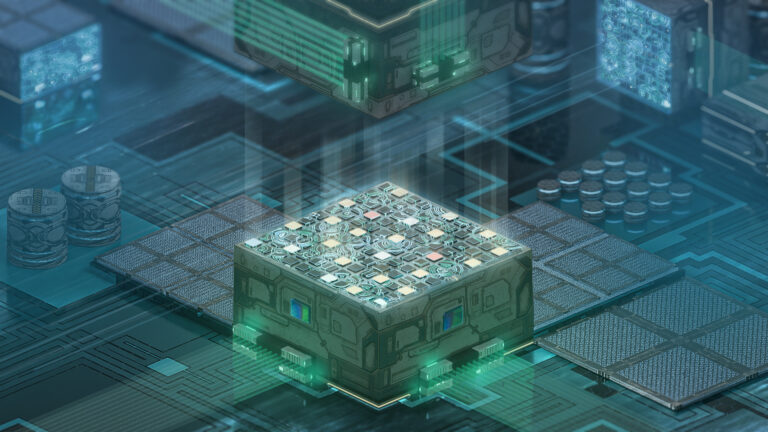
Electrical Engineering
Artificial neurons enable neuromorphic computing with light
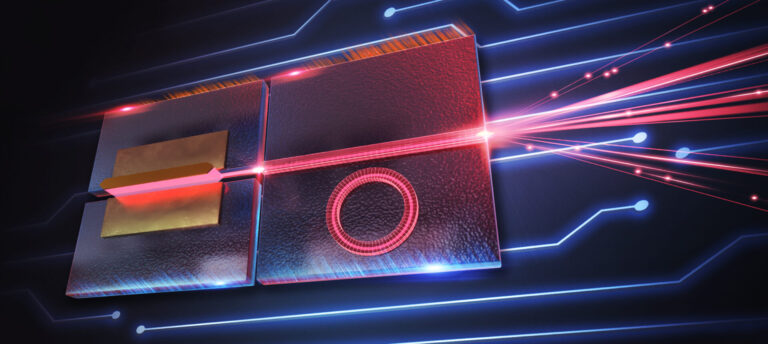
Electrical Engineering
Narrow-linewidth lasers bring low-noise answer
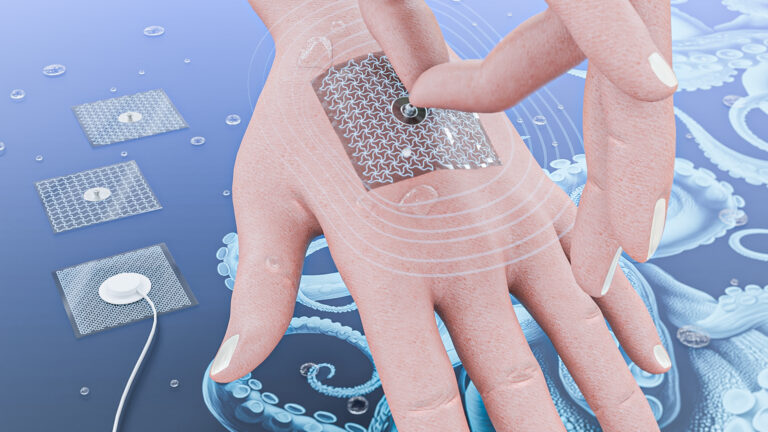
Electrical Engineering
Octopus suckers inspire sticky medical patch
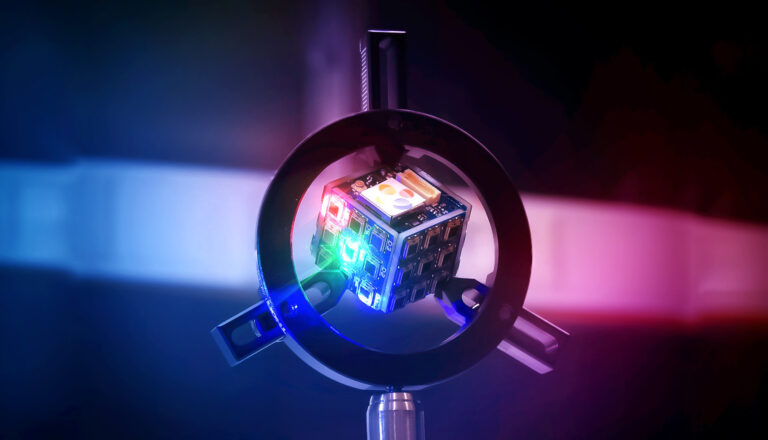
Electrical Engineering




